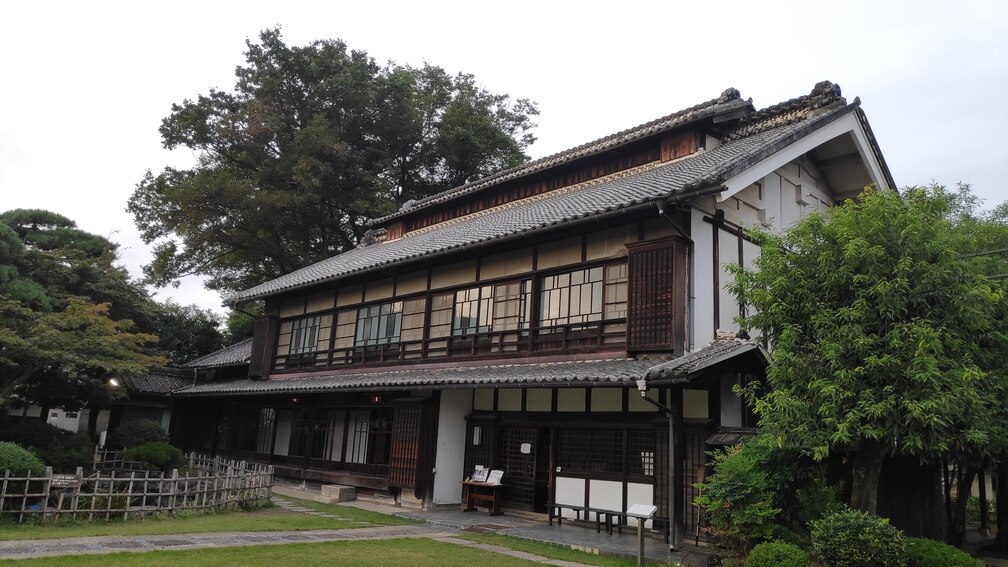
How can I say in Japanese that there is a pen here?
Not living material
When we talk about the existence of this and that in Japanese. we have to pay attention to the type of existence. That is because we must use different verbs for each case.
See also:
Not living material:
ある
aru
to exist
Living being:
いる
iru
to exist
For example,
- ある for packed fish at a supermarket:
- いる for fish in the sea
There is (not living material)
When it comes to talk about an existence, we need the place or the position information.
So, if we want to talk about an existence,
XにYがあります。
X ni Y ga i masu.
There is Y at (in, on…) X
In which
- X is the place
- Y is the object
So for example,
ここにペンがあります。
koko ni pen ga ari masu.
There is a pen here.
机にペンがあります。
tsukue ni pen ga ari masu.
There is a pen on the desk.
If the place information is obvious, it can be omitted.
トイレットペーパーがありません。
toiretto peepaa ga ari masen.
There is no toilet paper.
For example, this sentence can be used when you’re in the toilet and you need to ask someone to bring some toilet paper.
Enumerate representatives
When we want to mention plural things,
For all the things:
と
to
and
For some things:
や
ya
and such
are typically used.
See also: と : Juxtapose nouns
For example,
ここにパンと牛乳があります。
kokoni pan to gyuunyuu ga ari masu.
Three are bread and milk here. (and that’s all)
ここにパンや牛乳があります。
kokoni pan ya gyuunyuu ga ari masu.
There are bread and milk here. (there might be some other things)
Q&A examples
As the information being contained in the grammar pattern above are about the place and the object, we can use
どこ
doko
where
何
nani
what
as question words (It’s not “nan” but “nanI”!)
See also:
For example,
どこにペンがありますか。
doko ni pen ga ari masu ka.
Where are pens?
ここにあります。
koko ni ari masu.
It’s here.
そこに何がありますか。
soko ni nani ga ari masu.
What is there?
ペンがあります。
pen ga ari masu.
There is a pen.
Forthe complete negation,
どこにも
doko ni mo
nowhere
何も
nani mo
nothing
are typycally used.
For example,
どこにペンがありますか。
doko ni pen ga ari masu ka.
Where are pens?
どこにもありません。
doko ni mo ari masen.
Nowhere.
そこに何がありますか。
soko ni nani ga ari masu ka.
What is there?
何もありません。
nani mo ari masen.
Nothing.



Comment